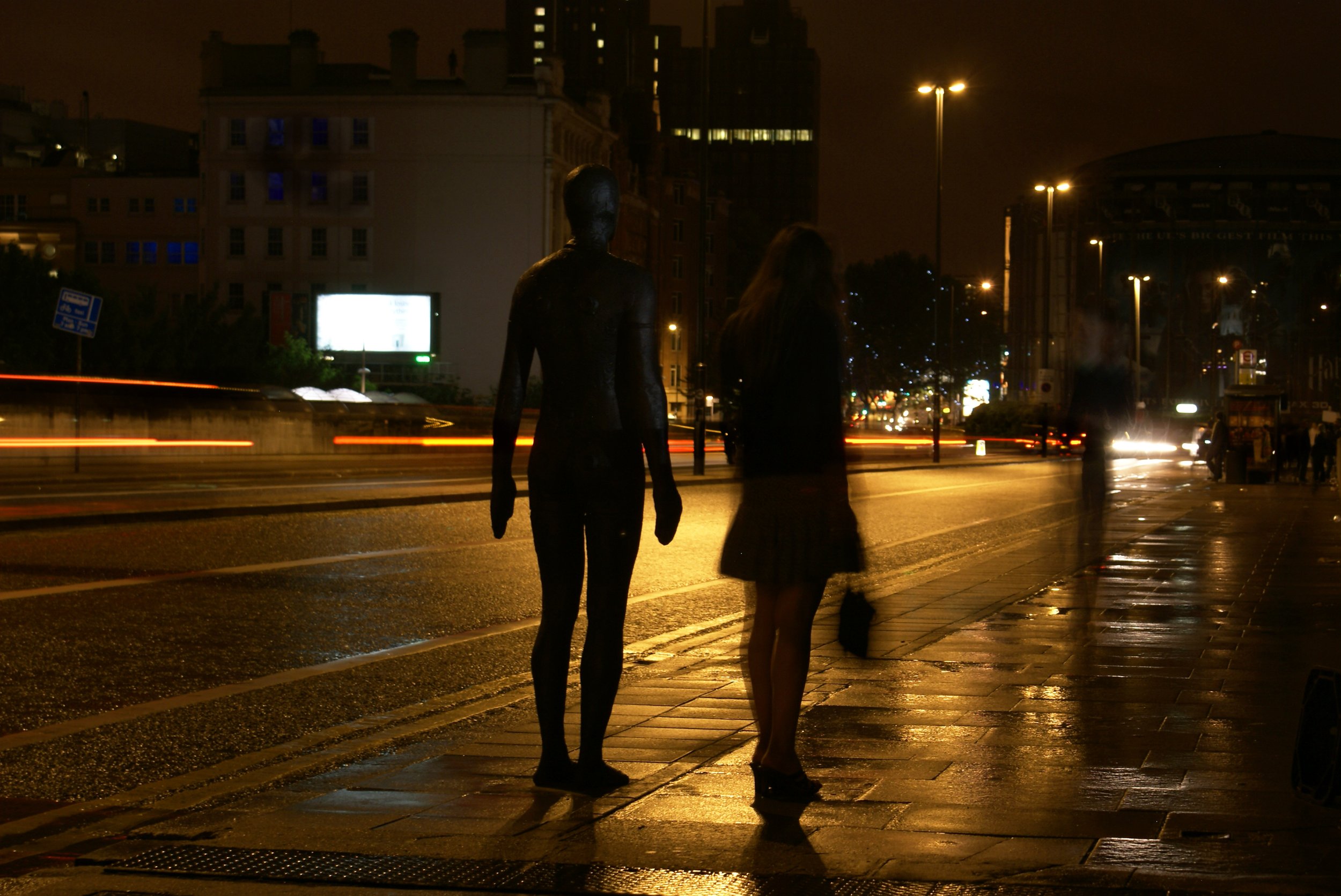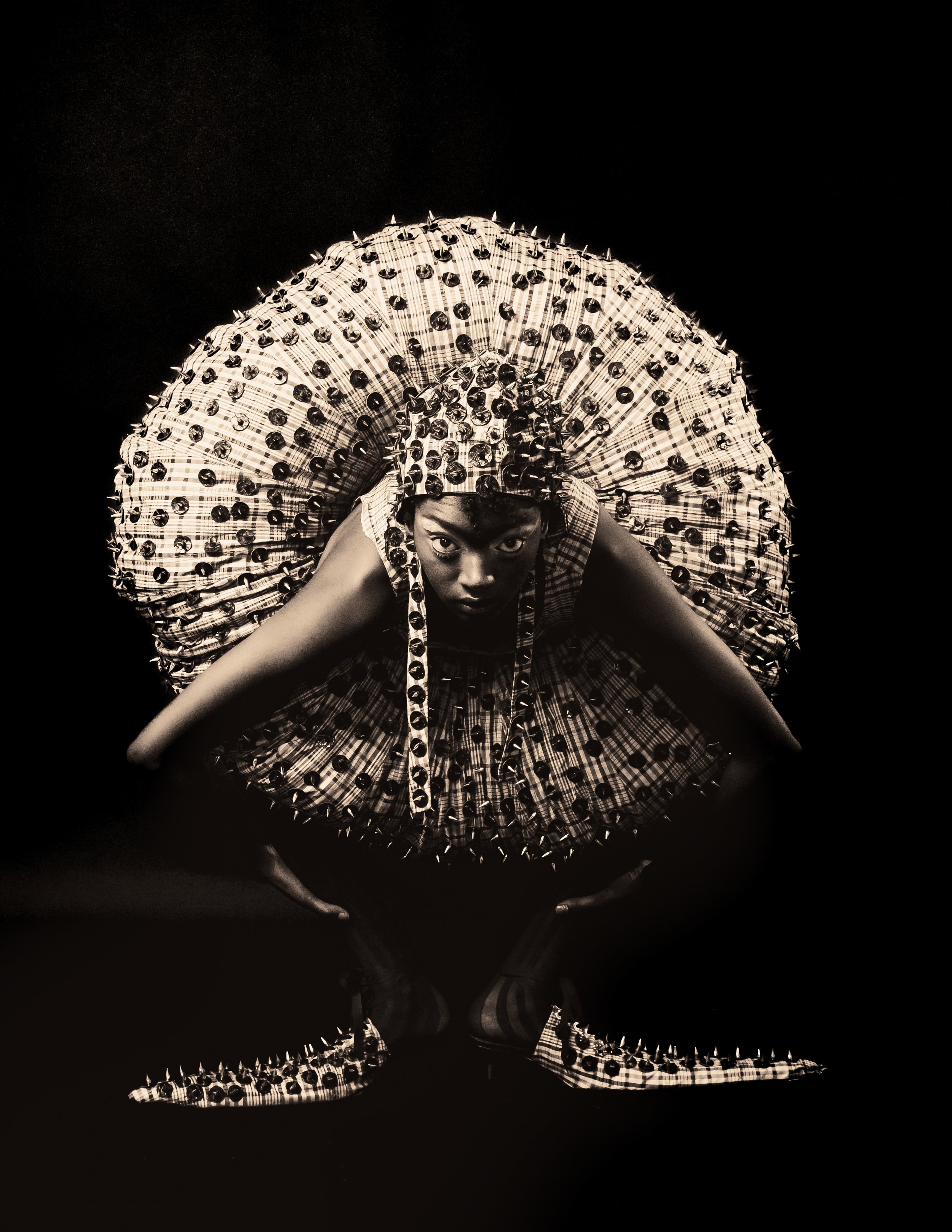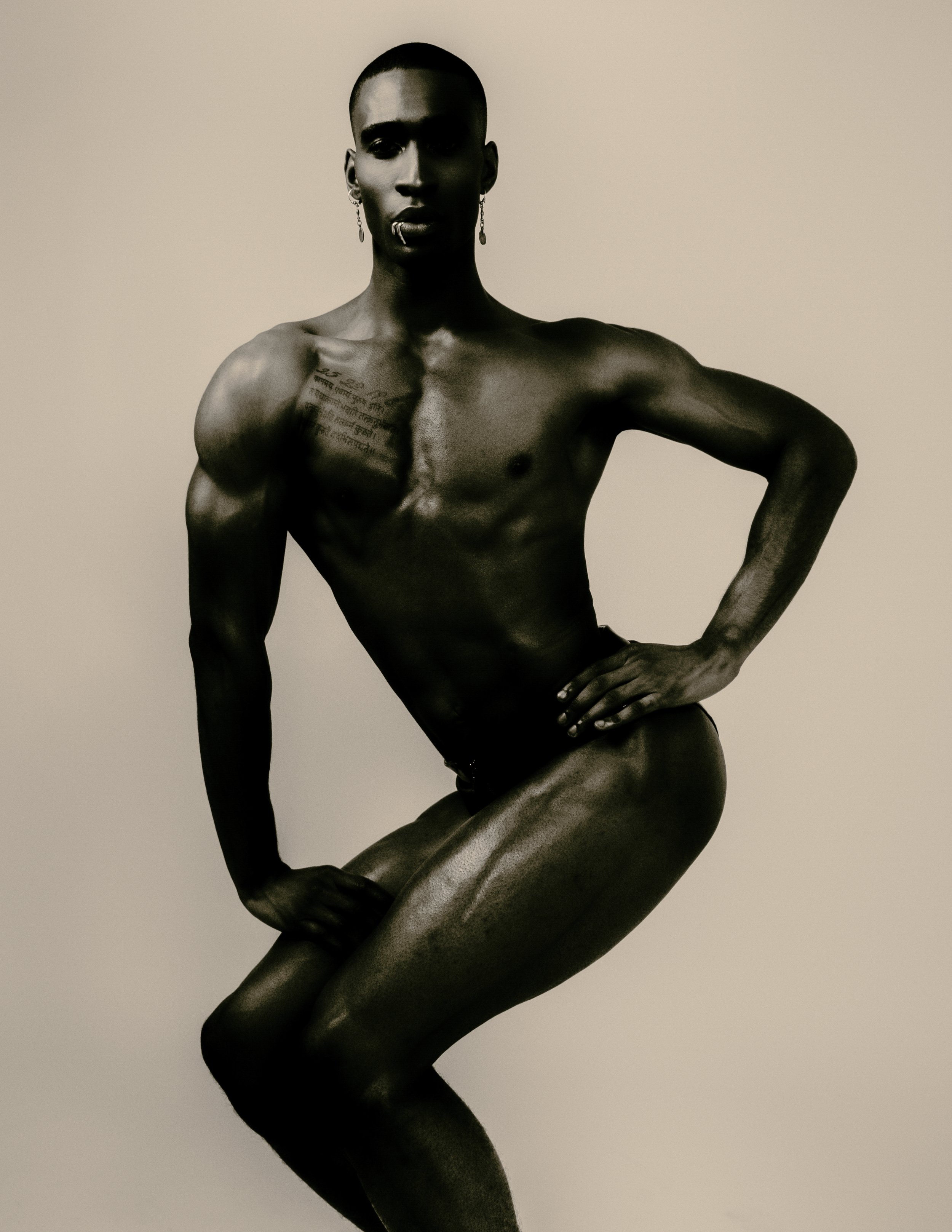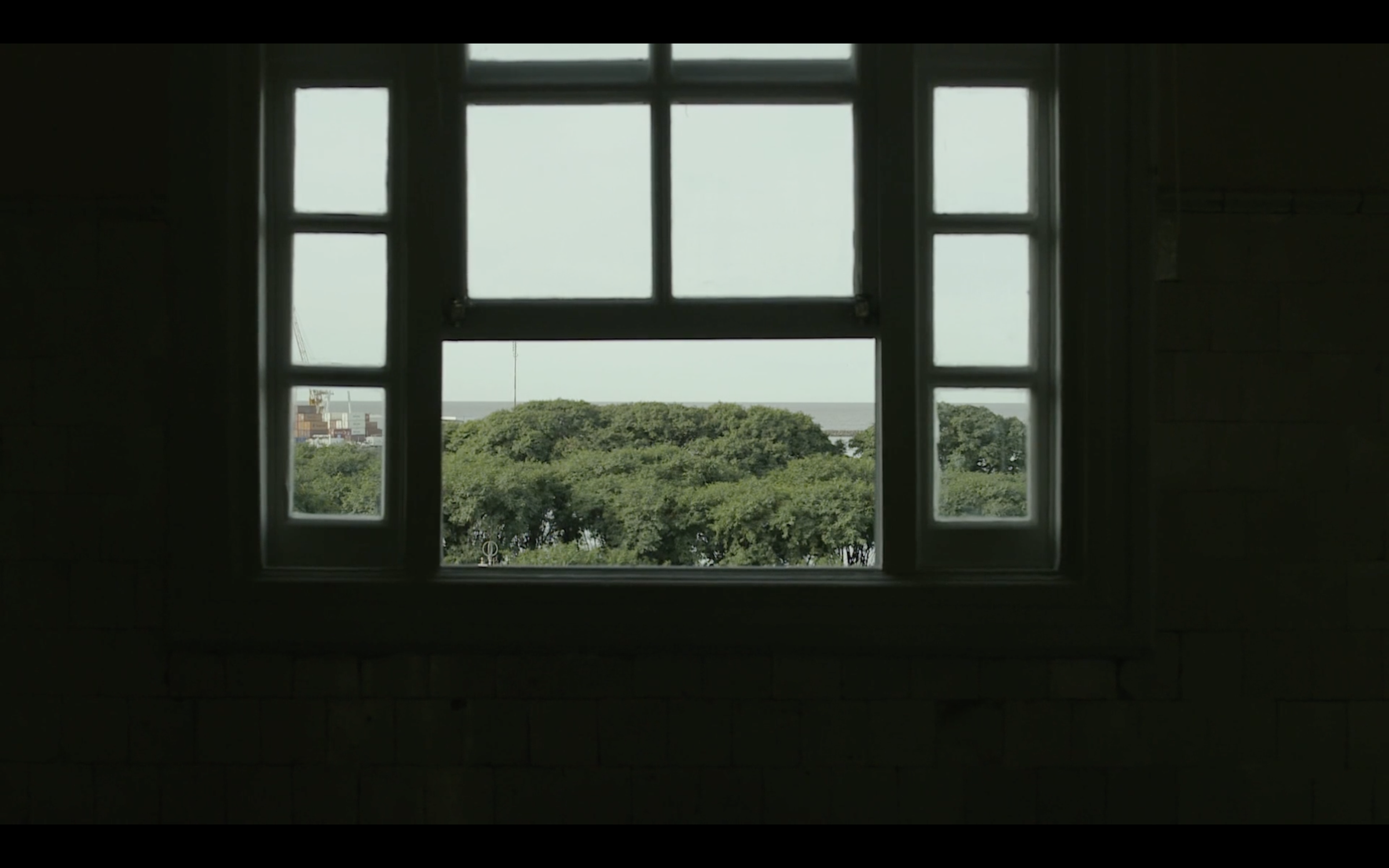WHERE I LIVE
Jorge Bosso, Abel Cassanelli, Asafe Ghalib, Gabriela Golder, Marcelo Nisinman, Anna Price, Henry Singer
“My current state cannot be defined as “deculturation”, nor even as “acculturation” but rather more along the lines of what could be called “transculturation”, the acquisition of a new code without losing the old one. In this way, I live in a singular place, at the same time inside and outside: as a foreigner in my house (in Sophia) and in my house abroad (in Paris)”
With these words, the Bulgarian-French intellectual, Tzvetan Todorov, described in his book El hombre desplazado [The Displaced Man] what he felt the first time he went back to Sofia, his city of birth, after living many years abroad in France. The state of transculturation here described is present in the works we now bring to Ubicua Gallery under the title Where I Live.
This show builds on an exploration of the complex questions “Where is home?”, “Where do I belong?”, “How do places/spaces define us?”, that was the focus of a series of interviews previously carried out in London by the Transtango collective, as part of their nomadic transdisciplinary performance of the same name, which inspired the current selection. Founded in 2006 by Argentinean Patricia Bossio and supported by the Arts Council of England, Transtango was the artistic collective which, in 2020, became Art Ubicua, the multidisciplinary group at the core of this exhibition. Where I live, in the exhibition format we are proposing here, is the result of collective exchanges and curatorial work carried out by various members of Art Ubicua. It aims to bring to the gallery space those discussions on where and how we live when we are displaced from our familiar habitat that were explored in the live performances by Transtango, and thus to take them to a new level.
In order to do so, we start with the story of Asafe Ghalib, a Queer Brazilian migrant artist living in London. In the live performances, as can be appreciated through the images of these, dancers Antonio Luppi and Laura Domingo offered a corporeal – even ‘visceral’ – interpretation of Ghalib’s personal journey. Having left Brazil feeling rejected by their own father, one of the very few items Ghalib brought to the UK was a dress of their mother. This dress was placed at the centre of Where I live performance and is the focus of our attention on these walls. Its materiality not only makes tangible a nostalgic memory that is fading away with adulthood and a new state of transculturation, but also connotes the embracing of a more feminised self-representation and the challenges to gender constrains and stereotypes. Since this last performance was put together, Ghalib’s artistic career has developed at an impressive rate, so this exhibition aims to mark two crucial points along his artistic journey, bringing to the fore discussions of the body as sites of ontological mobility and transcultural hybridity.
It is Ghalib’s new works that welcome visitors when they enter the gallery. The revolutionary spirit of that dress that travelled across the ocean defying family ties and gender norms, lives on in each one of the photographs of individuals that are part of the LGBTQIA+ community. These portraits bring awareness to the long-resistant and historically mis-represented Queer community that has taught Ghalib to express themself without boundaries, and where the artist has found a sense of freedom and belonging. With the aim of provoking the viewer, the use of monochromatic colours in this mostly black-and-white and sepia photography intends to resemble old books and magazines, as well as old, traditional family pictures, powerfully visibilizing those previously kept in the shadows in and by those historical formats by placing them in front of the camera lens. As the artist expresses it: “it is by embracing these parameters that I create a place to be reclaimed, showing the importance of each and every person that I photograph in their own manner”. The collaborative art practices nurtured by Art Ubicua are also an intrinsic part of these productions. Ghalib creates a unique space by portraying the subjects during the photoshoot where they learn from each other. As the artist explains, this “is a collective effort to reshape the narrative surrounding our community and challenge the misconceptions that have perpetuated its misrepresentation”. Through this visual storytelling, they say, “I invite viewers to embark on this journey with me, immersing themselves in the complexities and triumphs of our lives”. In this sense, the exhibition explores new layers of feelings of belonging and displacement, drawing into play both the bodies we inhabit and the clothes that socially de/codify them.
In the second room, the impact of urban geographies and interpersonal encounters that underpinned the live Transtango show’s aesthetic explorations again takes centre stage. Stills taken from the film Two Journeys (2009), by Adam Finch and Patricia Bossio, freeze in time the moments when we are transformed by others, as well as by the overwhelming immensity of a new architectural territory. Juxtaposed with those, Ghalib’s photograph of his hometown opens up a new reading of Transtango’s actions. On the opposite side, a series of talking-head interviews are projected, filling the space with their voices and tales of the conflicting identity traits arising from their experiences of displacement. This particular video was co-directed by Henry Singer, one of Britain’s most acclaimed documentary filmmakers, and Anna Price, a renowned film editor. While in the live Where I live performance the pace of this audio-visual piece followed the rhythm, space and corporeality of the musicians and dancers, in the white cube of the gallery space the stories and physical presence of those portrayed acquire a more palpable dimension. They do not talk to an audience, but to us as individuals more directly; interacting in the same space, sharing a semantic dimension.
In the corridor, further stills of the live performances emphasise the key role of music composers and practitioners in the development of Where I live and Art Ubicua’s unique inter-trans-disciplinary aesthetic, and anticipate the new audiovisual work exhibited in the basement. We invited artists that were not part of the original Transtango group to work on the contemporary tango piece Pourquoi tu te lèves? [Why Do You Rise?] written by composer Marcelo Nisinman and performed by him (bandoneon), Tim Garland (sax, flute, clarinet), Eduardo Vassallo (cello), and John Turville (piano). The result is a video called El viento arrasa y se va [The Wind Destroys and Sweeps Away], by Gabriela Golder and Abel Cassanelli, members of Continente, the Research Centre in Audiovisual Arts at the Universidad Nacional de Tres de Febrero (Buenos Aires, Argentina). This piece offers a particular view on contemporary migratory flows and the displaced conditions associated with them, inviting us to experience territories in constant transformation.
References:
Garramuño, F. (2007) Modernidades primitivas: Tango, samba y nación, Mexico: Fondo de Cultura Económica.
Todorov, T. (1998) El hombre desplazado, Spain: Taurus.
Tsagarousianou, R. and Retis, J. (2019) ‘Diasporas, Media, and Culture. Exploring Dimensions of Human Mobility and Connectivity in the Era of Global Interdependency’, in Tsagarousianou, R. and Retis, J. (eds.) The Handbook of Diasporas, Media, and Culture, London: John Wiley & Sons, Inc.






